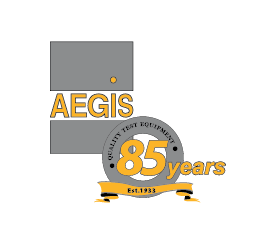The test point is the true auditing point in any cathodic protection system.
Whilst measuring a transformer rectifier may seem the panacea, the harsh reality is that;
Even if the rectifier is operating within it’s boundaries there is no guarantee what it is producing is actually protecting your asset – the system design is right, you know it should be, but is it?

Many factors can effect the protection level of your asset in many different ways and, the further from the rectifier, the more likely your protection level is compromised. As with rectifiers, previously operators were only able to determine the effectiveness of their protection levels by manually reading the potential levels at designated test locations on a regular basis.
This involved significant labour expenditure and operational risk – many such structures are in remote or hazardous environments and the health, safety, and environmental risks are considerable. Further, test point measurements were usually only taken periodically, maybe every 12 months in many cases, and the time lag in discovering a problem was significant.
DataCell units have been designed to be installed directly at these test points, underground, on pipes, or in cabinets, providing continuous measurement of the structure to soil potential, and deliver the results to the DataScape portal on a regular basis. As with rectifier units, they are self powered and waterproof meaning they can be installed in underground pits, on structures, or in/on test posts.
The DataCell units have also been designed for mass deployment, at a price point that enables full network coverage and return on investment typically within 12 months.

The DataScape portal collates, stores, and archives the data in a secure, backed up database, accessible from any web browser on any internet connected device. Data analysis, reports and compliance statistics are automated and all is downloadable at the touch of a button.
Access your data whenever you want from wherever you are.
DataScape also enables remote enabling of pipeline surveys, on/off potential measurements, and area tests without the need to visit the test sites saving considerable time and removing operational risk with health and safety issues. All points are measured continually no matter where they are.
If an entire deployment is not economically feasible it is suggested key indicator and hazardous points should be prioritised such as end points, crossovers, bonds, isolation joints, hard to access points in traffic zones, railway corridors, and industrial restricted access sites.









